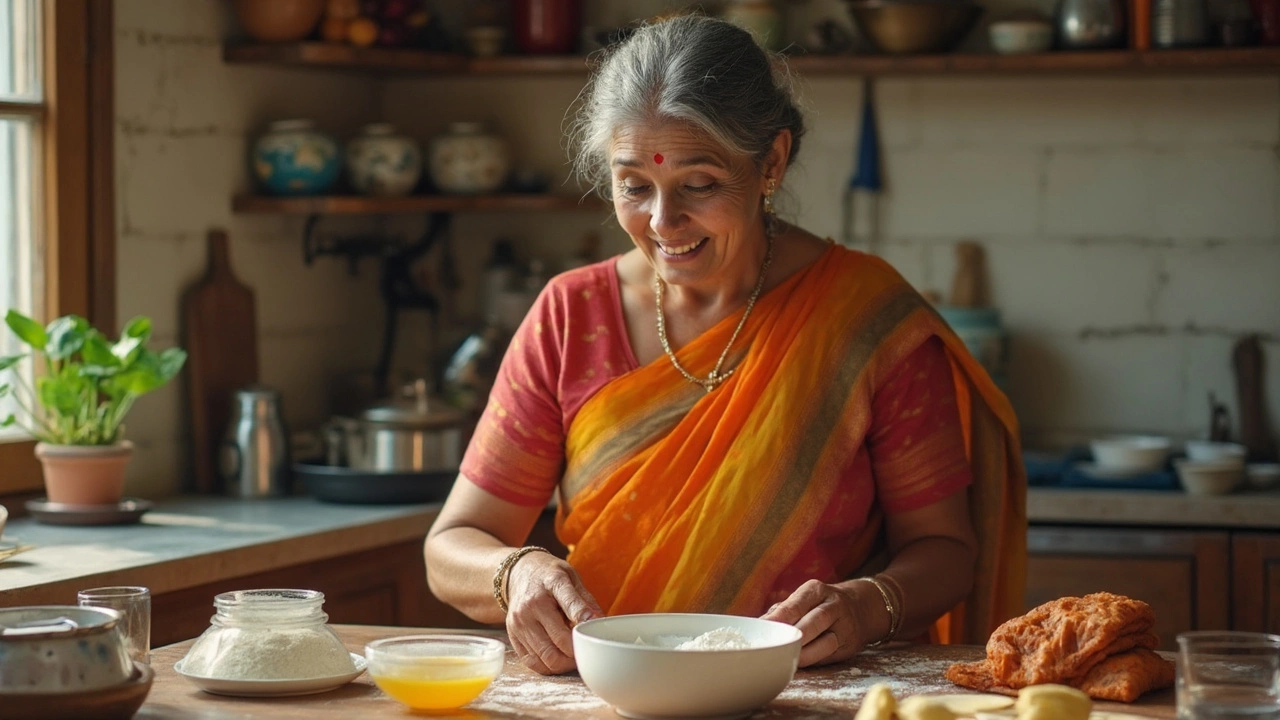Roti Making Tips – Simple Secrets for Perfect Flatbreads
When working with Roti Making Tips, practical advice for preparing soft, fluffy Indian flatbreads at home. Also known as chapati tricks, it helps home cooks turn basic flour, water, and a pinch of salt into a comforting staple.
One of the first steps in any roti making tip is getting the dough right. Proper hydration and gentle kneading create a smooth, pliable dough that stretches without tearing. This is why Soft Roti, a roti that stays tender after cooking is often the goal of beginners. When the dough feels slightly tacky and rests for 15‑30 minutes, the gluten relaxes, making it easier to roll thin sheets that puff nicely.
Adding a little fat at the right moment changes everything. Oil in Roti Dough, a technique that improves softness and flavor should be mixed after the dough has come together but before the final rest. The oil coats gluten strands, reducing elasticity and giving the cooked roti a buttery mouthfeel. This simple step also prevents the roti from sticking to the pan, especially on high heat.
Some cooks swear by a pinch of leavening. Baking Soda in Roti, a tiny amount that can make the bread fluffier creates micro‑bubbles during cooking, which lift the surface and add a subtle crispness. The key is to use no more than ¼ tsp per kilogram of flour; too much will give a soapy taste. When combined with a hot tawa, the soda helps the roti puff up quickly.
Speaking of puff, the ultimate test of a good roti is its ability to balloon. Fluffy Roti, a roti that puffs into a light, airy disc depends on three factors: high cooking temperature, steam from the dough, and a quick flip. Start with a sizzling pan, place the rolled dough, and wait for tiny brown spots before flipping. The rapid heat creates steam inside, forcing the roti to expand like a tiny balloon.
If the roti stays flat, common culprits include under‑kneaded dough, too much flour, or a pan that isn’t hot enough. Adjusting these variables—adding a dash more water, letting the dough rest longer, or pre‑heating the tawa—will usually fix the problem. Remember, every kitchen surface behaves a bit differently, so fine‑tuning the heat is part of the learning curve.
These roti making tips cover the basics you need to turn a simple mixture into a restaurant‑quality flatbread. Below you’ll find a curated list of articles that dive deeper into each of these points, from troubleshooting a roti that won’t puff to mastering the perfect oil‑infused dough. Grab a pan, and let’s get cooking!

Does Roti Need Baking Powder? The Real Deal for Softer Breads
Wondering if you should add baking powder to roti dough? This article breaks down if baking powder is a must for soft rotis, how it changes texture, and what most home cooks actually do. Find practical tips, some science behind old-school methods, and easy hacks for perfecting your rotis every time. Plus, learn which tweaks make a difference and what’s just a time-waster in the kitchen.